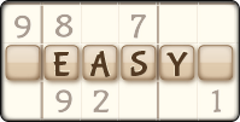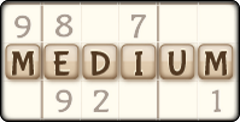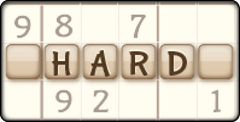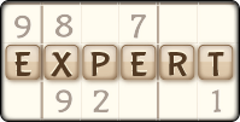How to Solve Difficult Sudoku: Advanced Strategies for Tough Puzzles
There are few logic puzzles that have proven as popular and enduring as Sudoku, well-loved for the challenge it offers, demanding reasoning and critical thinking. The more you play, the easier you will find it to complete beginner and intermediate puzzles using simple scanning and elimination techniques. However, as Sudoku puzzles get more difficult, you may have to begin utilizing more advanced strategies, as well.
Here, we’re going to look at the complex techniques and advanced know-how that’s required for those harder puzzles. From recognizing advanced patterns to applying specific solving methods, the tips should help you ensure that you’re always sharpening your Sudoku skills.
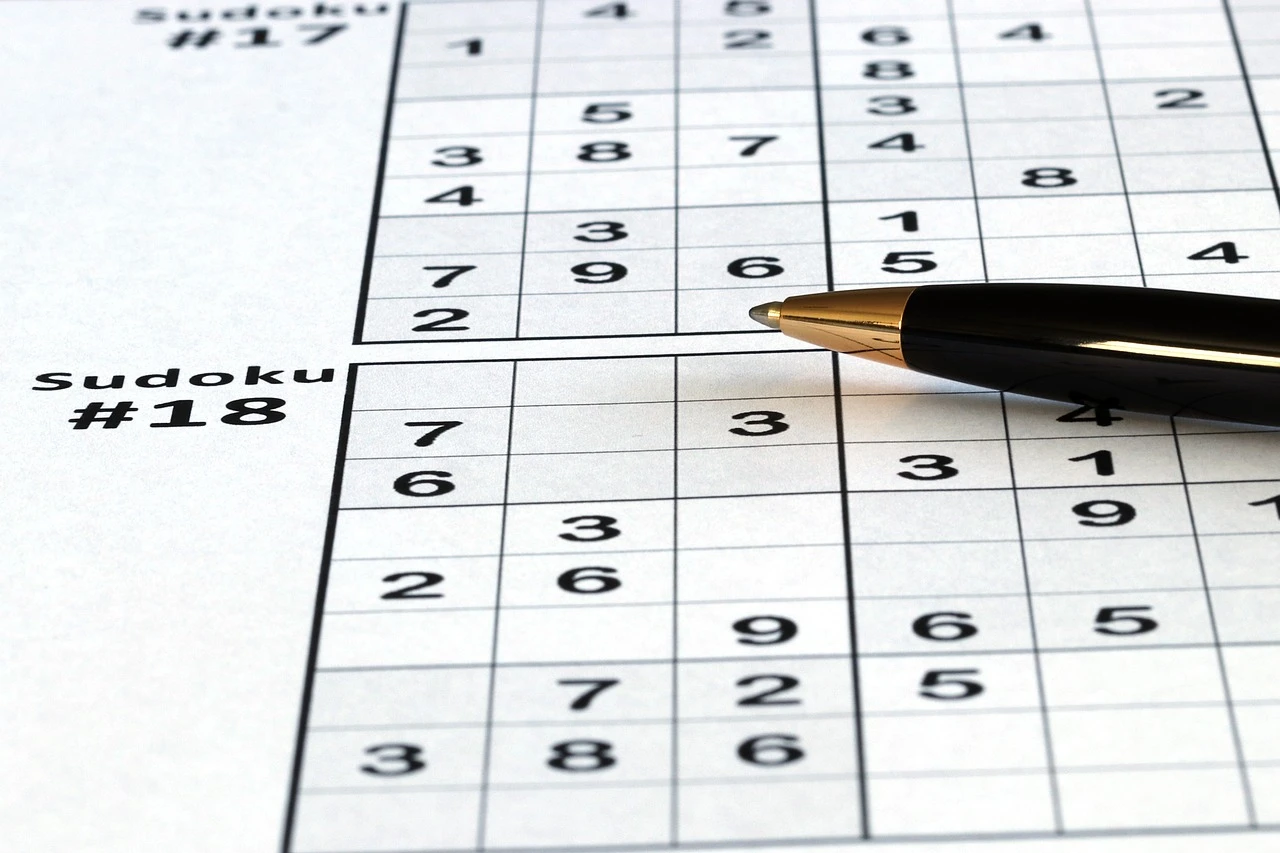
Recognizing Advanced Patterns
There’s a point in most advanced Sudoku puzzles where you have to switch from basic solving techniques to more advanced strategies. Recognizing and scanning for the subtle patterns that can start appearing is one technique you have to master.
Locked Candidates
One of the first advanced patterns to recognize is locked candidates. This occurs when a candidate number is restricted to a single row or column within a 3x3 box. For example, if the number 7 can only be placed in the first row of a particular box, then you can eliminate the possibility of 7 being placed in the same row outside of that box. By eliminating candidates across the grid in this way, locked candidates often pave the way for more number placements.
Pointing Pairs
Much like locked candidates, pointing pairs (or triples) involve two or three cells where a number can possibly appear. If both candidates can be found in the two cells in the same 3x box, and they’re aligned with a row or column, then you’re able to eliminate it from other cells in that row or column outside of the 3x3, reducing possibilities and getting you closer to solving.
Avoiding False Assumptions
False assumptions are all too common. Making an early assumption that proves wrong can lead to you having to correct mistakes much later in the puzzle, which can waste a lot of time. Stay methodical and avoid guesswork when possible. Use logical elimination, first and foremost.
Mastering the X-Wing Technique
One of the strategies many consider crucial for high-level play, the X-Wing technique is all about identifying pairs of rows or columns where a specific candidate appears in exactly two cells. If you can form a rectangle between those two cells, you can work out where the candidate goes.
How the X-Wing Works
Imagine you’re looking for the number 5. You’ve worked out that the number 5 is a candidate in rows 3 and 7, and columns 2 and 6. You can form a rectangle between those coordinates, with a X between them. The number must be in one of the four marked cells, meaning you can eliminate it as a possibility from any of the other cells in the mentioned rows and columns.
When to Use the X-Wing
After basic elimination is no longer working, you are likely to have fewer rows and columns where specific candidates can fit. Scan for pairs of rows and pairs of columns where the number appears if it isn’t applicable in any of the others. By eliminating the candidate spotted by the X-Wing Technique from other cells, it can reduce the candidates you have to eliminate to solve.

Applying the Swordfish Method
The Swordfish method works much like the X-Wing technique but is used for three rows or columns, instead of two. It’s a little more complex but can help unlock new progress easily.
How the Swordfish Works
When a candidate number appears in exactly three cells across three rows and three columns, you should make an outline around each of the sets. Where the sets interject (where columns and rows meet), you should mark it down as a spot for your candidate. The candidate has to appear in one of these intersections.
Example of Swordfish
Let’s say you are working with the number 6. Across rows 2, 5, and 9, you notice that 6 can only appear in columns 1, 4, and 7. This forms a Swordfish pattern because the number 6 is restricted to three positions in three rows that share the same three columns. As a result, you can eliminate the number 6 from other cells in those columns outside of rows 2, 5, and 9.
When to Apply Swordfish
When you have finished using basic elimination and cross-referencing, but still have large swathes of the grid to work through, the Swordfish can be useful. By spotting the three rows and columns where a number works, you can work out which cells are potential placements for a candidate, allowing you to eliminate it from all other cells in that grid.
Using Naked and Hidden Sets
Any Sudoku solver can benefit from using naked and hidden sets to identify cells where certain numbers must be placed, simplifying the rest of the grid.
Naked Pairs, Triplets, and Quads
A naked pair is when two cells in a row, column or box have the exact same two candidates and no others. If two cells in a column have only 4 and 8, then both must fit in those two cells, meaning you can eliminate it as a candidate from other cells in the column.
Naked triplets and naked quads work much the same but with three or four candidates spread across three or four cells, respectively. So, if you have three cells in a column with 4, 8, and 9 as workable candidates, then you can eliminate 4, 8, and 9 as a candidate from all other cells in that column.
Hidden Pairs, Triplets, and Quads
Meanwhile, hidden pairs are used when two numbers can only appear within two cells or a row, column, or both, but there are still other candidates in those cells. For instance, 3 and 6 appear in two cells, which means that 3 and 6 must be in those cells. Even if those cells have other candidates, they can be eliminated as possibilities.
Hidden triplets and quads work in much the same way. Scanning for hidden sets allows you to quickly make eliminations, simplifying your grid.
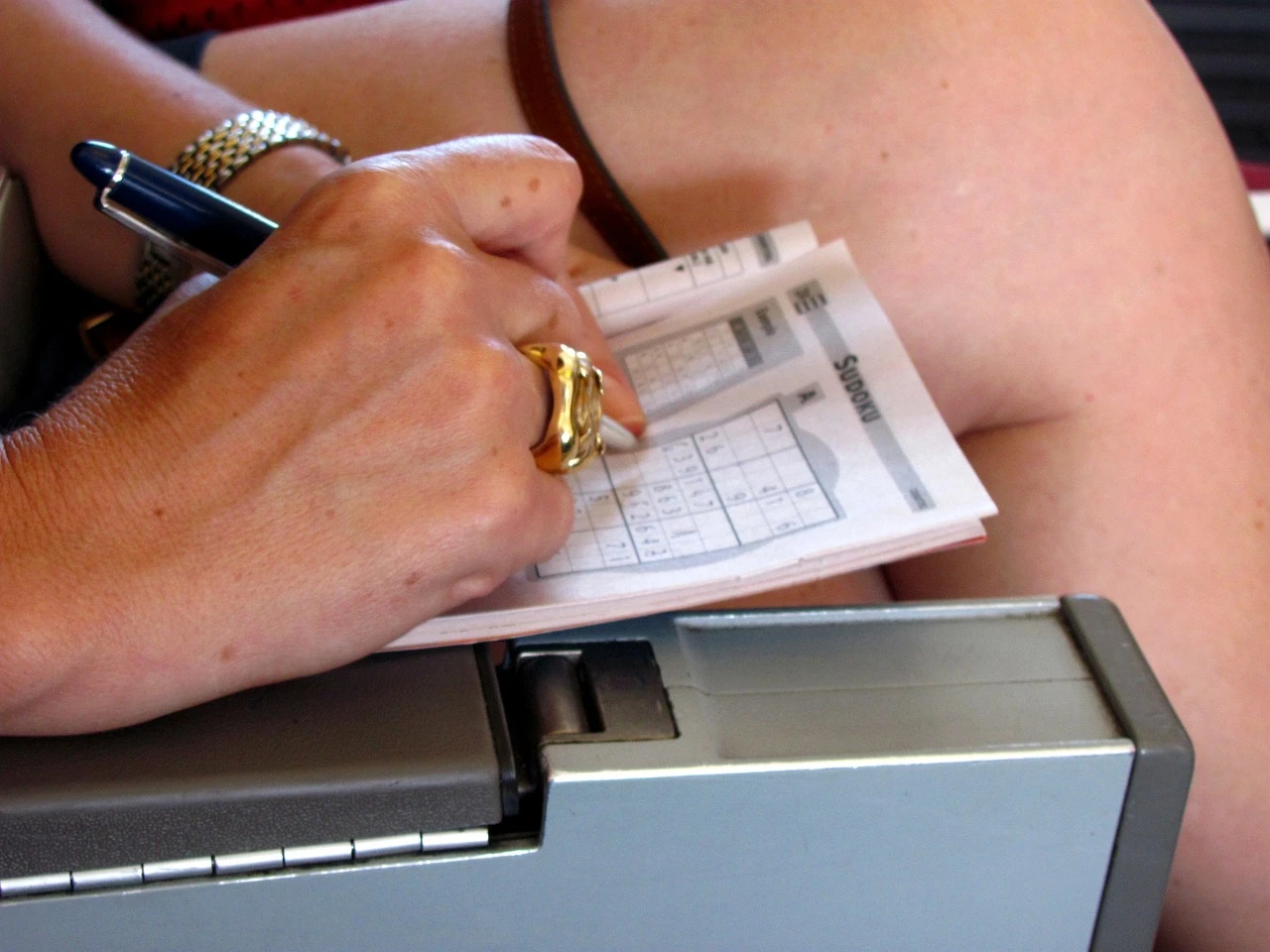
Employing Coloring Techniques
Coloring techniques provide a visual way to track candidate numbers across the grid and can help reveal contradictions or confirmations. The goal of coloring is to create groups of cells that share a candidate number and use the relationships between them to deduce the correct placements.
Basic Coloring
With basic coloring, you pick a number (like 4) and mark all cells where 4 is a candidate. Alternate between two colors you mark each cell where 4 is a possibility, making it a lot easier to spot rows, columns, and grids that 4 possibly fits in. This helps you spot contradicting spots and makes it easier to spot patterns like naked and hidden sets, as well as potential X-wing and Swordfish spots.
Multi-Coloring
Multi-coloring expands on basic coloring by applying the technique to multiple sets of cells across the grid. For example, if you are tracking candidate number 9 and have already assigned two colors to different cells, you may discover additional pairs of cells where 9 can go. You can then apply a second color scheme to these cells. By tracking multiple color patterns, you can identify contradictions or confirm where numbers must be placed.
Exploring Guessing Strategies
The techniques above can help you deduce and solve Sudoku puzzles logically, but guessing may at times become a necessary tool. When you can’t progress by spotting patterns and eliminating options any longer, you need to know how to guess. An educated guess works much better than the alternative.
When there is a cell with only two or three candidates, you should start by making a guess as to which works in that cell. Continue to fill out the grid operating on that assumption. If contradictions appear, it’s an indication that the guess is wrong, and you should try a different candidate in the original cell. If you’re doing it on paper, it’s a good idea to use a different color pencil so that you can quickly erase it if it turns out to be wrong.
Guessing should be reserved for situations where no logical deductions can be made, and all other strategies have been exhausted. If you find yourself stuck and unable to make progress, guessing can help break through an impasse, but it should always be done cautiously.

Tips for Tracking Multiple Possibilities
Keeping track of complex information is a vital Sudoku skill, especially when you’re working with multiple candidates in each cell. These tips can help you track more effectively.
Use Pencil Marks
While some have trouble with the visual clutter pencil marks can leave, your ability to use them well can make it a lot easier to spot candidate patterns, such as naked and hidden sets, as well as X-Wing and Swordfish possibilities.
Stay Organized
When you solve a cell or use the techniques named above, you should be sure to update your pencil marks and eliminate candidates. Otherwise, you can forget what you have learned, setting you back.
Focus on Small Sections
Instead of trying to solve the entire grid at once, focus on one section at a time. By working on a specific row, column, or box, you can narrow down possibilities and gradually make progress. Once you’ve made headway in one area, you can shift your attention to another section of the puzzle.
Test Candidates in Isolated Areas
Similarly, test candidates in isolated areas of the puzzle. Focus on a particular cell and work through the rows, columns, and boxes intersecting with it. Keeping your focus narrow prevents you from getting overwhelmed by a complex grid.
Overcoming Mental Blocks
The mental load of solving a particularly difficult Sudoku puzzle should not be underestimated. When there is seemingly no progress, you can get frustrated and burn out. However, there are ways to get yourself back on track and back in the game. Finding a new solve can offer all the motivation you need.
Take Breaks
When you hit a wall in Sudoku, it’s often helpful to take a short break and return to the puzzle later with a fresh perspective. Stepping away from the puzzle allows your brain to reset, and you may notice patterns or opportunities that you missed earlier.
Revisit Basic Techniques
Once you’ve tried out a load of X-Wings, and Swordfishes, and spotted your naked and hidden sets, you should switch back to doing basic elimimnation and scanning your rows, columns, and boxes again. You may start to find those easy solutions you’ve been missing, which then helps unlock the rest of the puzzle.
Check for Mistakes
When progress seems impossible, just double-check everything. You might spot a contradiction, like a number placed in two cells of the same row, column, or box. This will make the puzzle unsolvable, so be sure to check over your work closely.
Shift Focus to Another Section
When you’re stuck on a particular part of the grid, try shifting your attention to another area. Sometimes, focusing on a different row, column, or box can reveal new information that helps you make progress. Switching focus can also help you avoid frustration and keep your mind engaged with the puzzle.
Stay Patient and Methodical
Advanced Sudoku puzzles require patience and persistence. An educated guess can sometimes work, but be too hasty to make it and it will lead to mistakes. Try to stay methodical. You can work out a specific method or order, like starting with basic elimination, then naked sets, hidden sets, X-wings, and Swordfish patterns, and then moving back down in the opposite order. The systematic approach is always best. Only guess when you have no other options.
Yes, You Can Learn To Solve Advanced Sudoku Puzzles
Advanced Sudoku puzzles might be intimidating, but they can be solved and they can be beaten. What’s more, few puzzles offer that level of exhilaration, especially when you’re able to demonstrate your mastery of the specific techniques and methods mentioned here to do it.
Sudoku Levels
Seasonal Sudoku Games
More Games
Sudoku News
Disclaimer
DISCLAIMER: The games on this website are using PLAY (fake) money. No payouts will be awarded, there are no "winnings", as all games represented by 247 Games LLC are free to play. Play strictly for fun.

